A Star Who Defined 1960s Italian Glamour
Few names in Italian cinema carry the same weight and allure as Rosanna Schiaffino. With her striking dark hair, piercing eyes, and commanding screen presence, she became one of the great faces of European cinema in the 1960s. Critics hailed her as a “legendary star,” a woman who could embody mystery, sensuality, and strength all at once. Though she left us in 2009, her legacy remains alive in 2025, as fans continue to celebrate her influence on the silver screen.
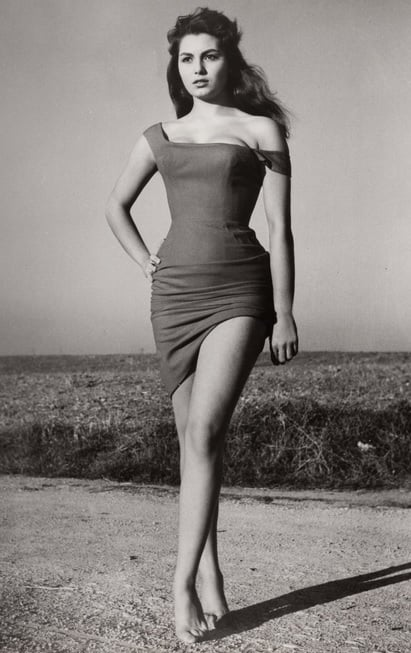
Early Life in Genoa: Beauty Meets Ambition
Born on November 25, 1939, in Genoa, Italy, Rosanna grew up in a modest family. Her father worked as a ship captain, while her mother nurtured her artistic side. Even as a child, she had a poise and charisma that hinted at a future in front of the camera. By her teenage years, she was already a standout in beauty contests, winning the Miss Liguria title at just 14 and competing in Miss Italy soon after.
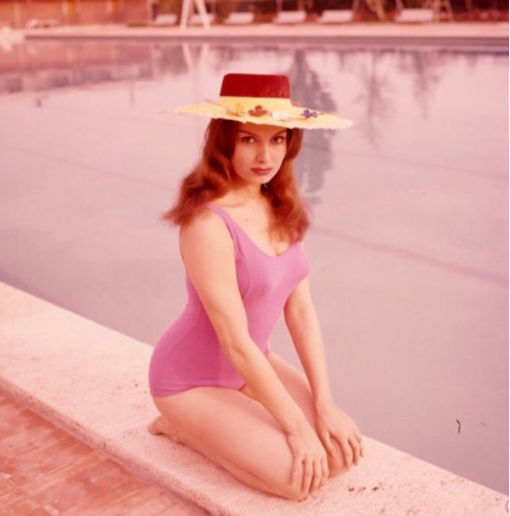
These early successes led her into modeling, where her face appeared on magazine covers across Europe and beyond. But Rosanna was not content with being admired solely for her looks. She wanted to act, to breathe life into characters that demanded depth and nuance. So she moved to Rome, where the film industry was booming, determined to carve a place for herself among Italy’s cinema elite.
Video : Rosanna Schiaffino – Розанна Скьяффино
Breaking into Italian Cinema: From Debut to Stardom
Rosanna’s film debut came in “Totò lascia o raddoppia?” (1956), a lighthearted comedy. Just two years later, her career exploded with Francesco Rosi’s “La Sfida” (The Challenge, 1958), where she played Assunta, a woman caught in a Neapolitan crime saga. The role won her critical recognition and placed her firmly on the map as one of the most exciting new talents of the era.
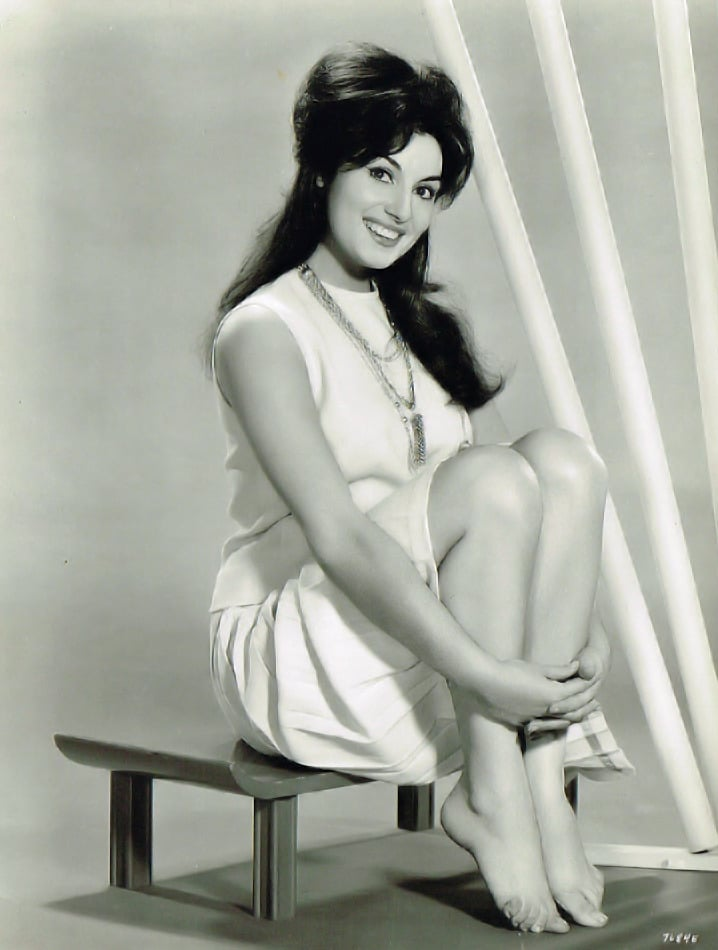
From there, she quickly rose through the ranks of Italian cinema. In “Ferdinando I, re di Napoli” (1959), she showed her comedic timing, while “The Minotaur” (1960) highlighted her ability to carry epic, larger-than-life stories. By the early 1960s, she was working alongside industry titans, earning comparisons to Sophia Loren and Gina Lollobrigida. But unlike many contemporaries, Rosanna had a darker, more enigmatic aura that made her stand out.
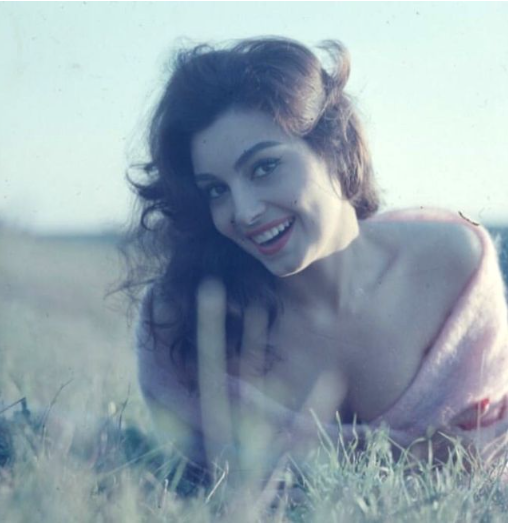
Peak Career: Sensuality, Mystery, and International Reach
The 1960s were Rosanna Schiaffino’s golden years. She starred in over 40 films, balancing Italian dramas with international projects. In Michelangelo Antonioni’s “La Notte” (1961), even a small part was enough to showcase her magnetic screen presence. In “La Mandragola” (1965), based on Machiavelli’s play, she delivered a performance full of wit and seduction, proving she could master both comedy and drama.
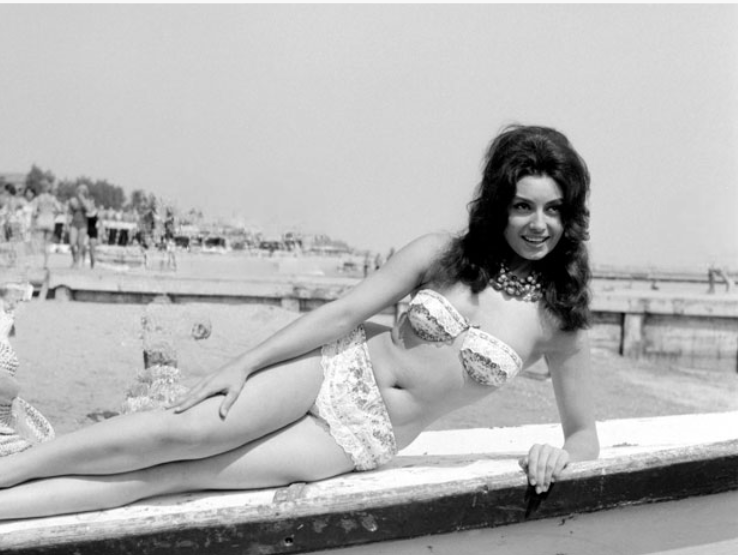
Her international ventures included “Drop Dead Darling” (1966) with Tony Curtis and “The Man Called Noon” (1973) with Richard Crenna. These films introduced her to English-speaking audiences and solidified her global reputation. What made her roles so unforgettable? It was the way she balanced strength and vulnerability—playing women who were more than ornaments, but rather complex individuals navigating love, power, and survival.
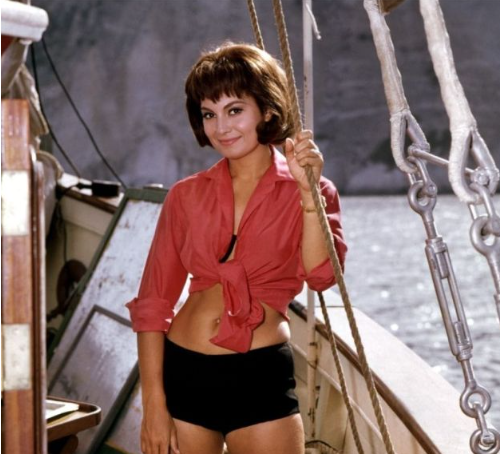
Life Behind the Camera: Love and Family
Off-screen, Rosanna’s life was equally full of passion and change. She married film producer Alfredo Bini in 1963, a relationship that combined romance with professional collaboration. Their daughter, Annabella, was born in 1969. However, the marriage eventually ended in the mid-1970s.
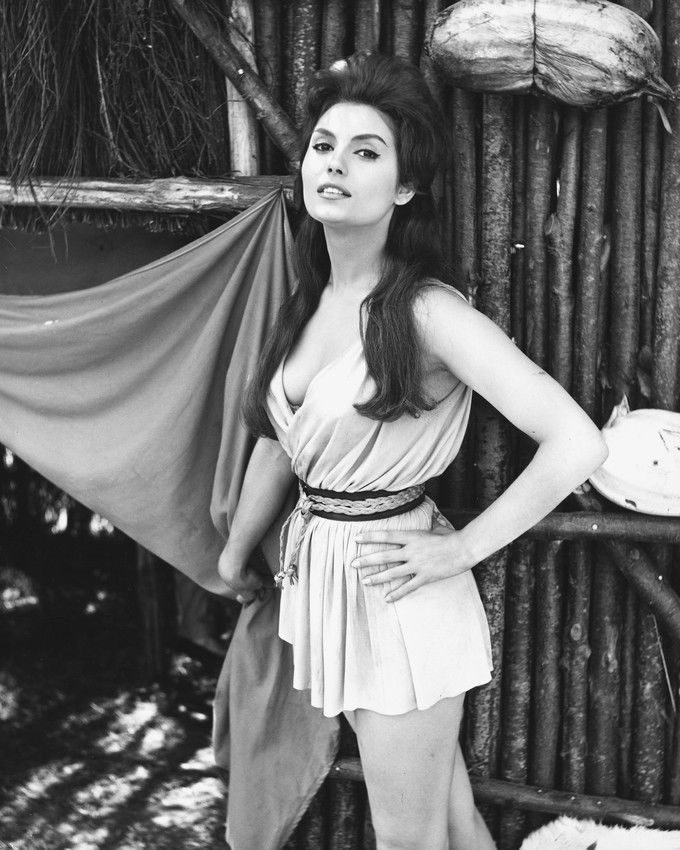
Not long after, Rosanna found love again with industrialist Giorgio Enrico Falck, a steel magnate. They married in 1981 and had a son, Giovanni, in 1982. Though her second marriage placed her closer to Italy’s high society than film sets, motherhood became the role she embraced most fully. Her focus shifted from cinema to family life, and by the late 1970s, she had largely stepped away from acting.
Video : ROSANNA SCHIAFFINO
Later Years: Private Battles and Graceful Retirement
By the mid-70s, Rosanna had slowed her acting career, appearing in select films such as “The Heroes” (1973) and “Silence the Witness” (1974) before retiring almost completely in 1977. While fans missed her on screen, she chose a quieter, more private life in Milan, devoting herself to family and personal passions.
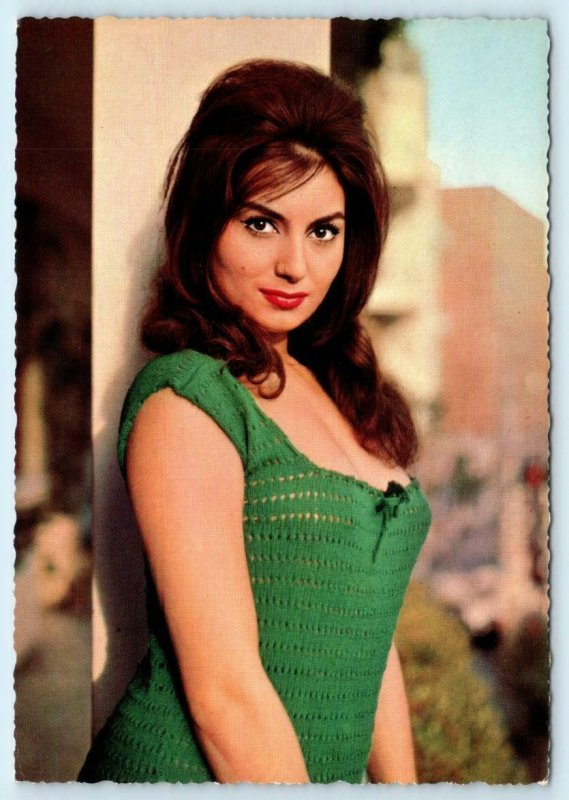
In the 1990s, Rosanna faced one of her greatest challenges: a battle with cancer. Despite the difficulties, she carried herself with the same dignity and strength that defined her public life. She passed away on October 17, 2009, at the age of 69, leaving behind not just films but a powerful legacy as one of Italy’s most iconic stars.
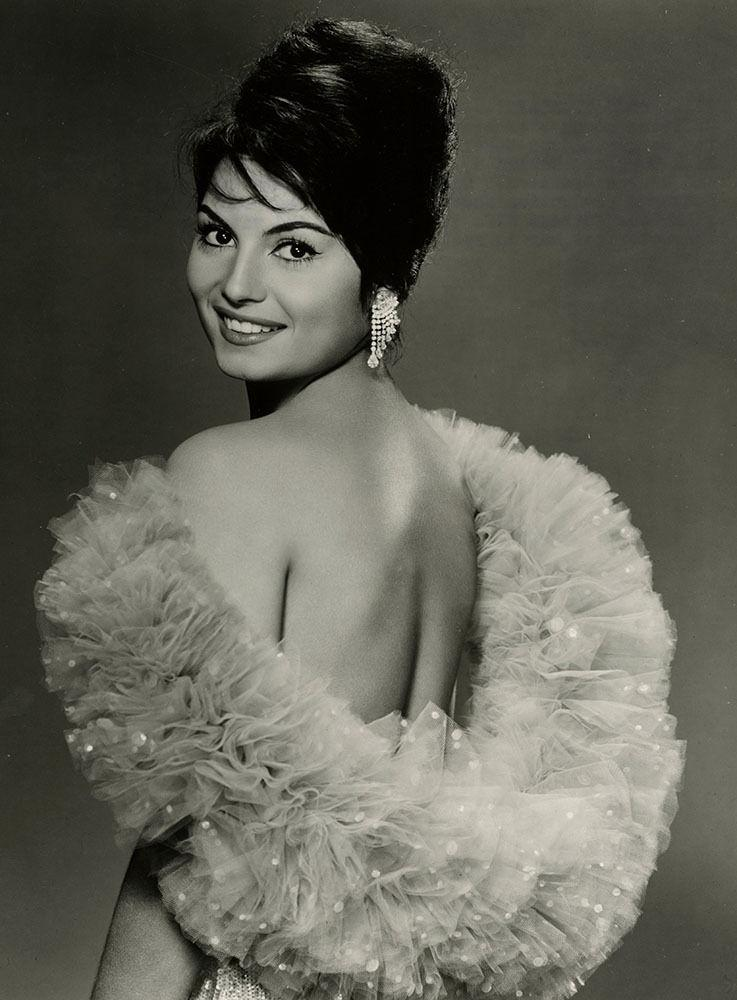
The Enduring Legacy of Rosanna Schiaffino
Today, Rosanna’s name still resonates in the world of film. Her movies continue to appear in retrospectives and on streaming platforms, allowing new audiences to discover her unique blend of sensuality, elegance, and charisma. She remains a cultural reference point for Italian cinema of the 1960s, a decade when Italy dominated global screens with stars who embodied both glamour and substance.
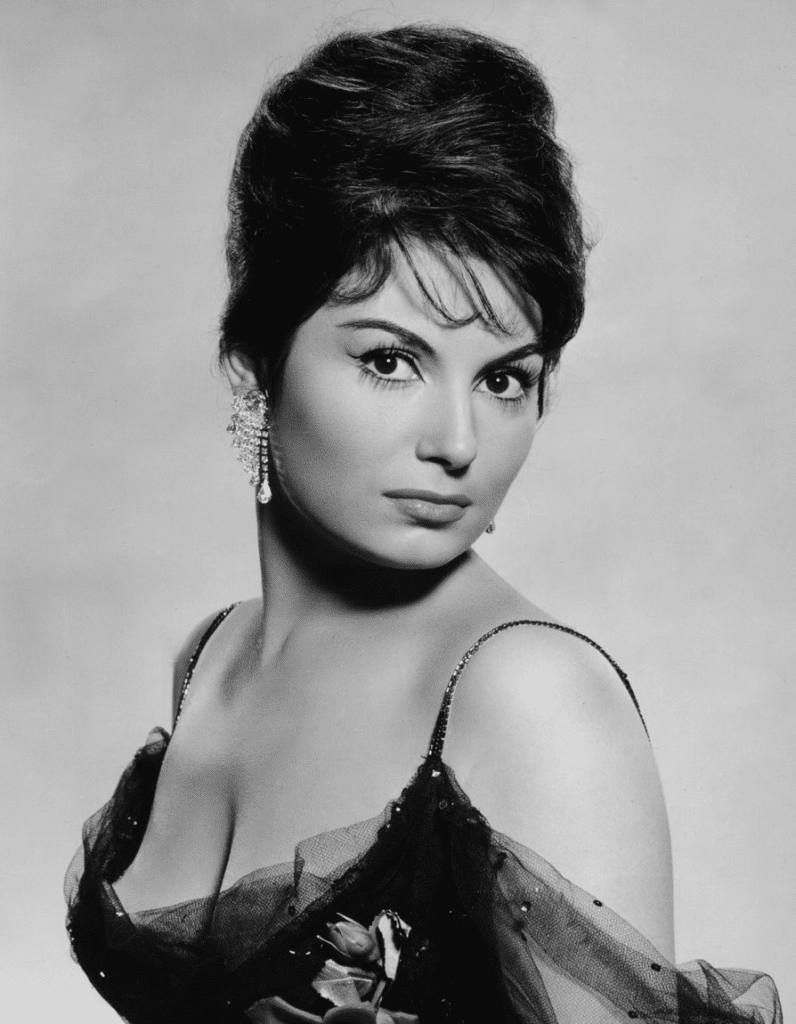
Her children, Annabella and Giovanni, carry her memory forward, while fans across the world continue to celebrate her artistry. In film forums, critics still discuss her roles, comparing her depth and magnetism to the greats of her era.
Conclusion: A Timeless Beauty with Fierce Spirit
Rosanna Schiaffino’s story is more than just that of a beautiful actress—it’s the story of a woman who embodied both fragility and fire, glamour and grit. From Genoa beauty pageants to international stardom, from screen goddess to devoted mother, she lived fully, passionately, and on her own terms.
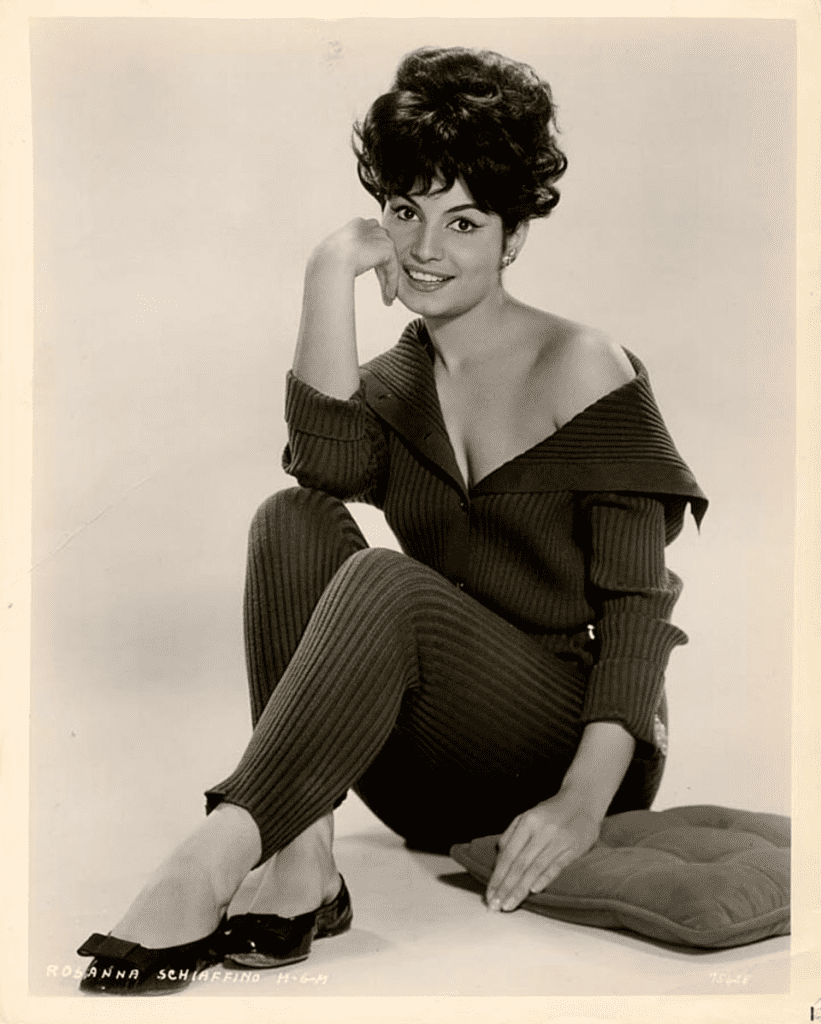
At 82 in 2025, she would be remembered not just as a face of Italian cinema, but as an enduring icon whose spirit still captivates. Even in absence, her presence lingers—proof that true legends never fade, they simply live forever in the stories they told and the emotions they stirred.